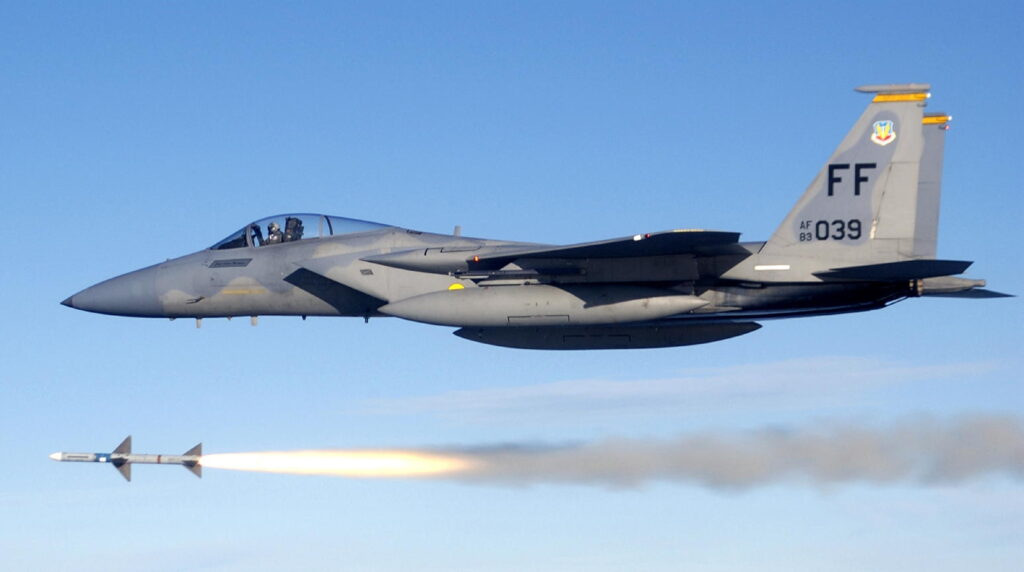
.As such, it has maintained a rolling generation of aircraft in air superiority, from the F-15C Eagle to the F-22 Raptor. Each presents a unique face of war.

For more than three decades since its induction in 1979, the one-seat F-15C Eagle has been a staple of the U.S. Air Force.

With quite an impressive combat record, the F-15C has enjoyed an enviable reputation for air superiority over the decades.

To this extent, the director of operations for the 433rd Weapons Squadron, Maj. Rodolfo Cruz pointed to the legacy of the aircraft’s “104-to-zero” kill ratio. But Cruz confessed that the fighter can still be enhanced further since direct dependence on previous laurels will hinder modern combat effectiveness in the future.

The United States Air Force Weapons School completed the F-15C chapter at Nellis Air Force Base with its final class on December 8, 2021.

The last cadre of students and instructors flew the final defensive counter-air vulnerability for Weapons Instructor Course 21-B. Maj. Michael Tope, WIC 21-B F-15C class leader, put the ever-changing nature of air-to-air combat into perspective: The threat that we’re basing off of today is different from what we did even twenty years ago. It has improved quite a ways, but the F-15 is a product of the 1970s.

As the Air Force winds down its F-15C program, it moves to more modern airframes. Gen. Mark Kelly, commander of Air Combat Command, said there that the future fighter roadmap would help sustain some of what would be needed for F-22 Raptor domination in heavily contested environments and transition to Next Generation Air Dominance capability during this year’s Air Force Association annual Air, Space & Cyber Conference.

The F-35 Lightning II will make up the foundation of the contested environment force, while the F-15E Strike Eagle and EX and the newest F-16 Fighting Falcons will augment that foundation.

The F-22 Raptor, which entered service in 2005, is a generational leap forward in air combat capability. The 756th Air Refueling Squadron aircrew recently refueled an F-22 off the East Coast, an example of ways the Raptor keeps ready to fly and fight.

The F-22 is designed as a high-end air superiority fighter but its production was halted in 2009 after only 186 units were built. This was partly due to a focus shift towards the multi-role F-35 and the high cost of restarting the F-22.

Just as the low production makes no lesser the F-22’s value to the Air Force fleet, at least not yet, agility incorporated with superior stealthiness, accompanied by excellent situational awareness, makes the jet an onerous opponent on any battlefield.

At least until Congress approves the retirement of the jets, F-22s will be playing an integral role in the modernization of the Air Force.

The effort to gain superiority in the air has been a tremendous step for the Air Force, as it moves from the F-15C to the F-22.
More related images you might find interesting:

